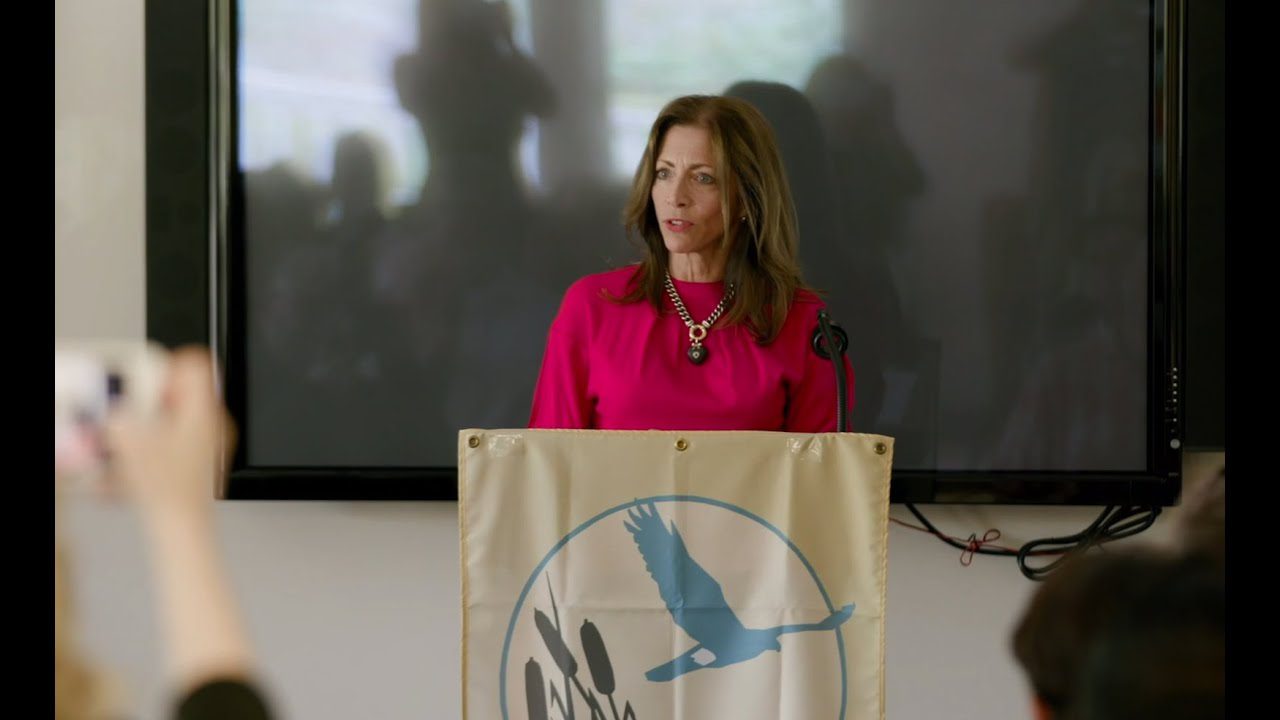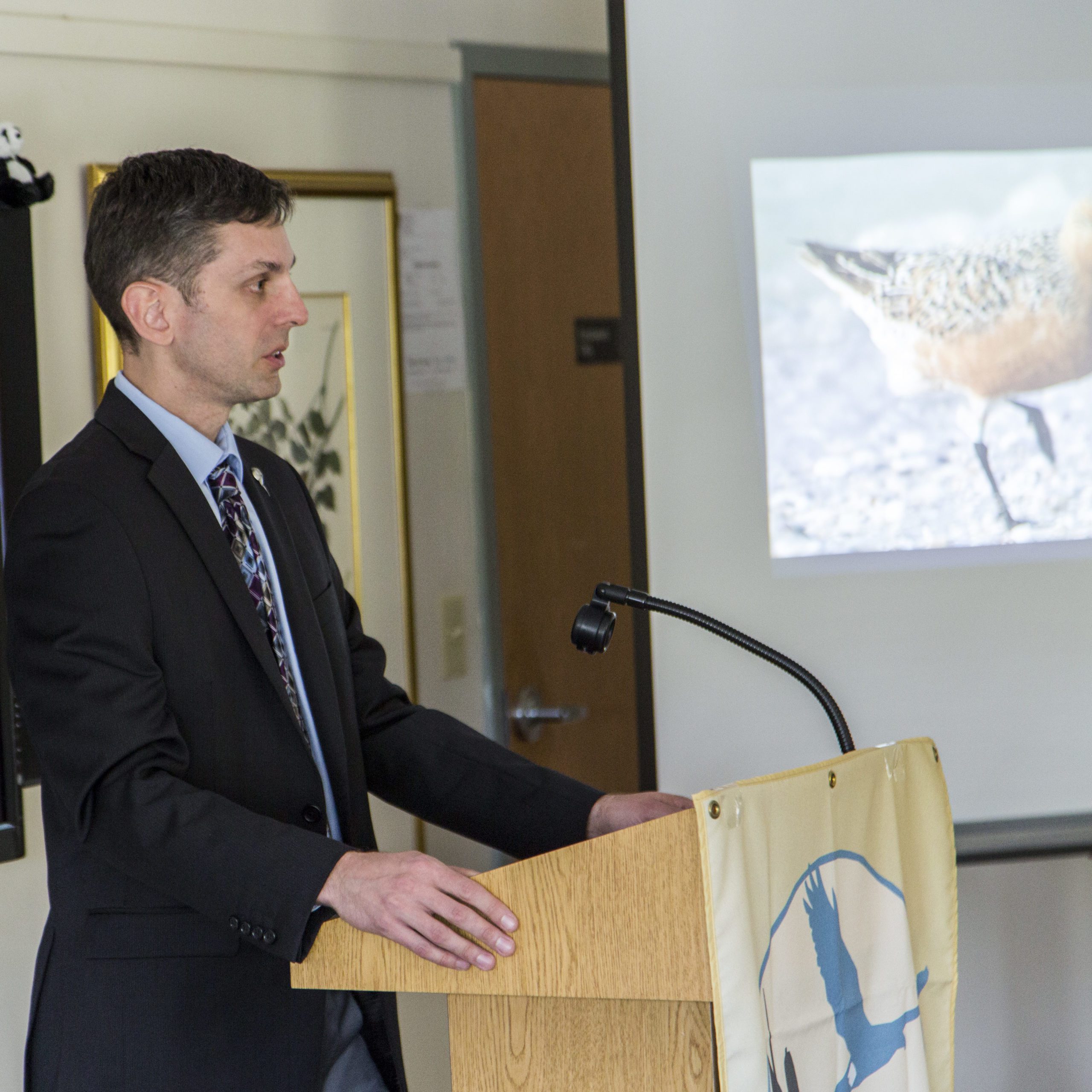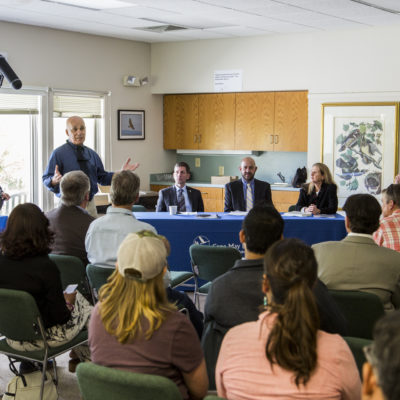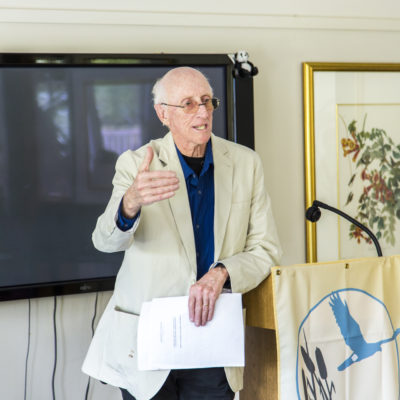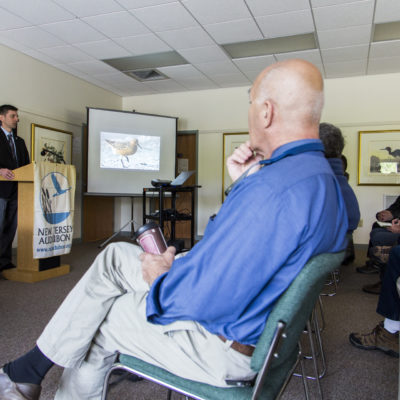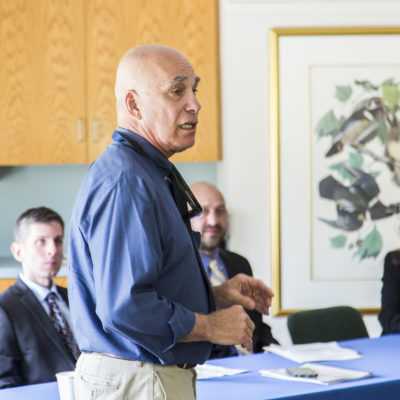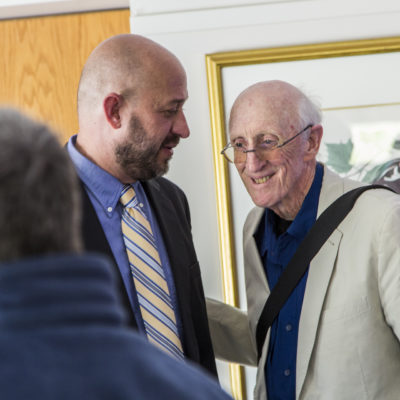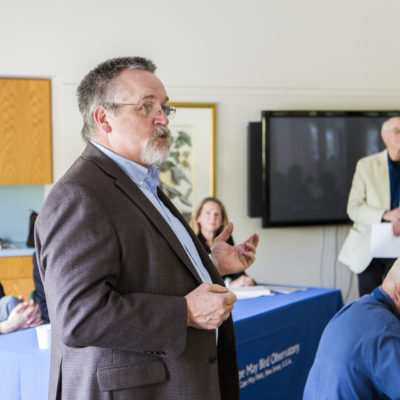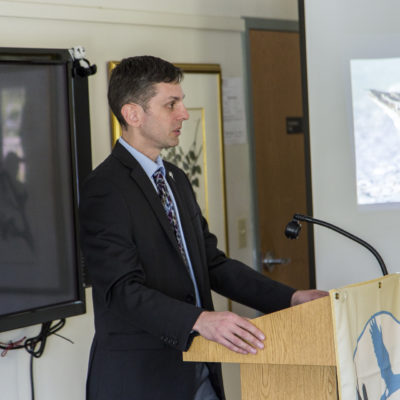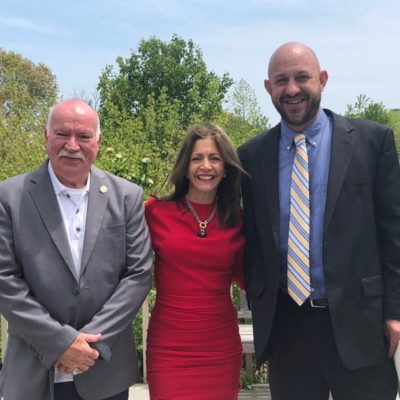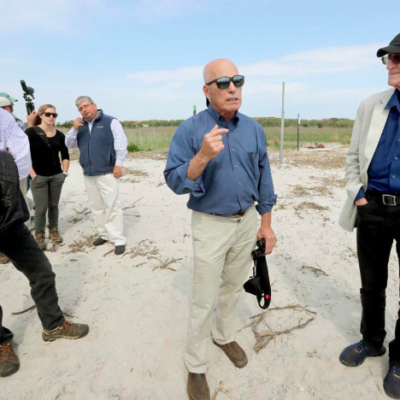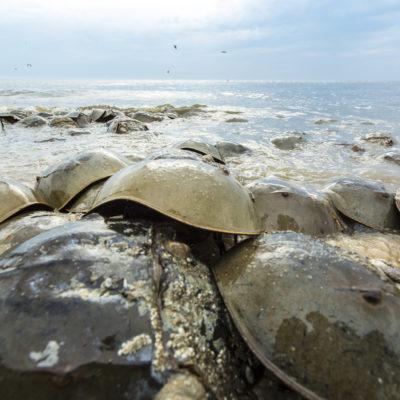In 2018, Revive & Restore hosted this press event in Cape May, New Jersey, a location renowned for its concentrations of shorebirds and breeding horseshoe crabs. The event was joined by the state’s First Lady Tammy Murphy, the New Jersey Audubon Society, and representatives of Eli Lilly to announce research findings that were soon to be published in PLOS Biology. This page presents that event and those findings.
2018 press event
TURNING THE TIDE FOR HORSESHOE CRABS:
NEW HOPE FOR AN ANCIENT SPECIES
New Study Proves Synthetic Can Replace Horseshoe Crab Blood in Biomedical Testing
Revive & Restore’s Press Conference | May 10, 2018 | Cape May, New Jersey
Watch highlights from the event.
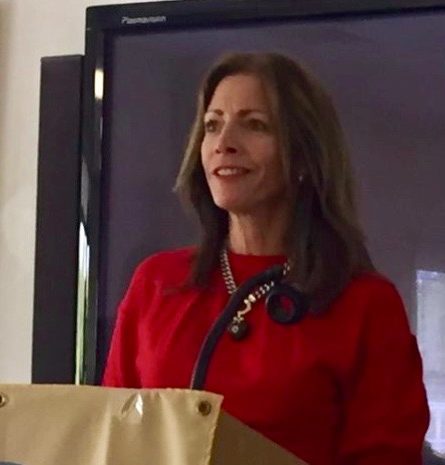
“Both people and nature will win through the leadership of Eli Lilly to replace the need for harvesting horseshoe crabs for biomedical use. The annual convergence of the horseshoe crab and the Red Knot along the Cape May shore shows both the important role New Jersey plays in maintaining nature’s delicate balance, and the important role corporate actors can play in ensuring a sustainable and healthy horseshoe crab population.”
– Tammy Murphy, First Lady of New Jersey.
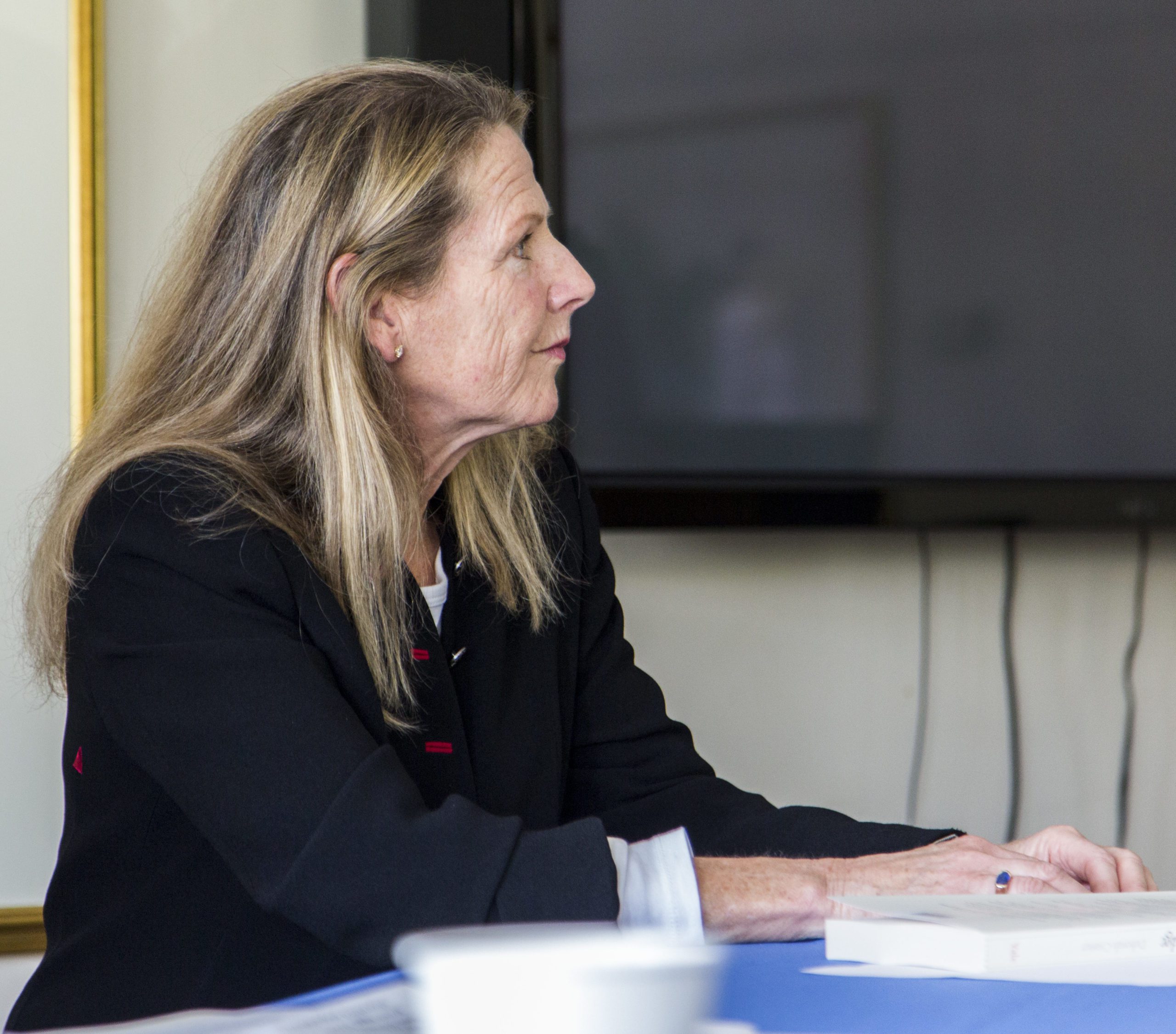
“Today we have the opportunity to turn the tide. Transitioning away from the bleeding of the horseshoe crabs to a readily available synthetic alternative is a win-win situation—for the crabs, the birds, and people—by ensuring the safe and sustainable manufacturing of pharmaceuticals while sparing the crabs and the birds that depend on them.”
– Ryan Phelan, Executive Director, Revive & Restore
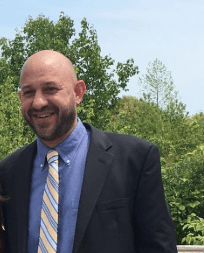
“Research has shown that nearly 30 percent of horseshoe crabs die because of this ongoing blood harvest. This greatly impacts the Red Knot, an endangered shorebird, who need to feast on horseshoe crabs to fuel their journey to Arctic breeding grounds. We welcome this research and appreciate the leadership support of First Lady Murphy and Eli Lilly and Company. We invite other pharmaceutical companies to join us in saving shorebirds, horseshoe crabs and advancing the interest of their shareholders.”
– Eric Stiles, President and CEO, New Jersey Audubon
“Just being here—it’s the culmination of five years of effort. By controlling what I can control, I affected conservation of these animals.”
– Jay Bolden, Senior Biologist at Eli Lilly and Company, describing his announcement on May 10 that the pharmaceutical company plans to make a major transition to rFC. Two of Lilly’s biggest manufacturing plants now test their pharmaceutical water with rFC, and a third will begin within a month. The U.S. Food & Drug administration is currently reviewing Lilly’s application for a new migraine-prevention drug, galcanezumab. If successful, it will be the first FDA‑approved drug to be released to the market with rFC as its endotoxin test.
The Facts
Revive & Restore’s review paper Saving the Horseshoe Crab: A Synthetic Alternative to Horseshoe Crab Blood for Endotoxin Detection found:
- The synthetic alternative to the current standard endotoxin test, Recombinant Factor C (rFC), is just as efficacious, safe, and reliable as the product made from the blood of horseshoe crabs.
- rFC causes fewer false positives than the product made from the blood of horseshoe crabs and is cost-effective.
- rFC is becoming more widely available since patent protections have expired.
- The use of rFC for testing in the manufacturing process of injectable medications is allowed under U.S. Food & Drug Administration guidelines
- Using rFC in pharmaceutical manufacturing process could reduce the need to use horseshoe crab blood by 90 percent.
In the Press
- “Alternative to horseshoe crab blood for medical testing may save species,” The Press of Atlantic City | May 12, 2018
- “Inside the Biomedical Revolution to Save Horseshoe Crabs and the Shorebirds That Need Them, ” Audubon Magazine | May 11, 2018
- “The Last Days of the Blue-Blood Harvest,” The Atlantic | May 9, 2018
Event Photographs
Click images to expand.


